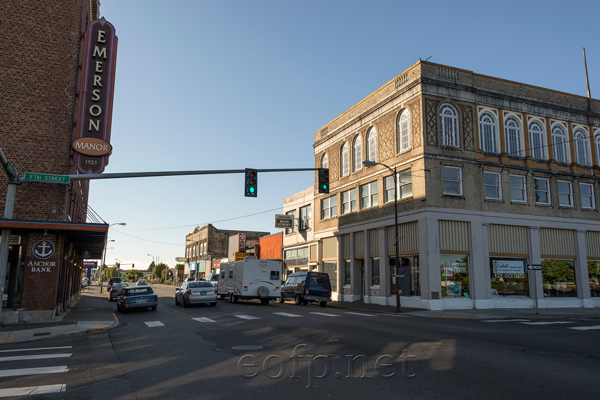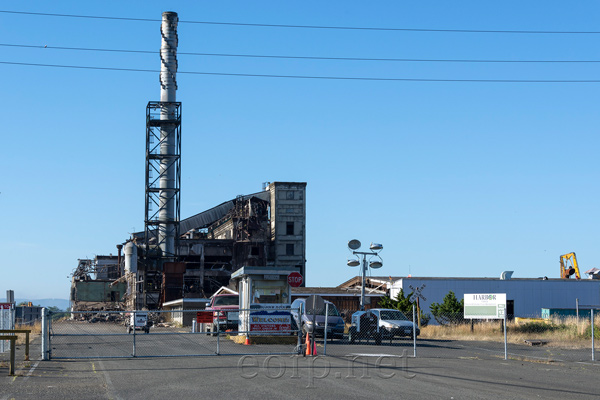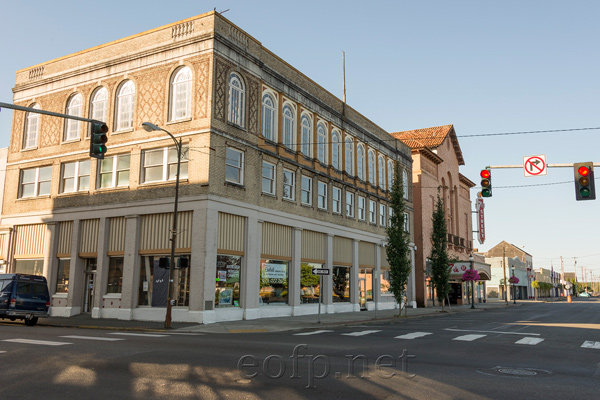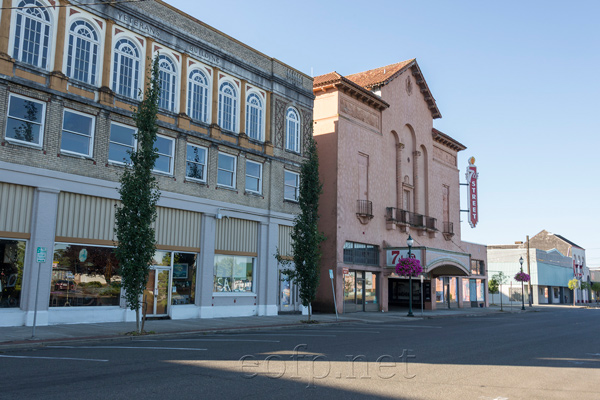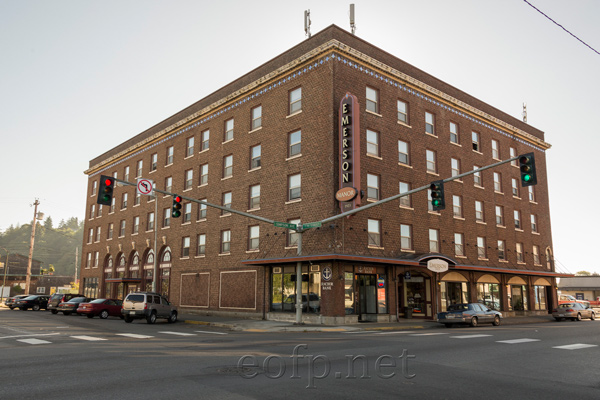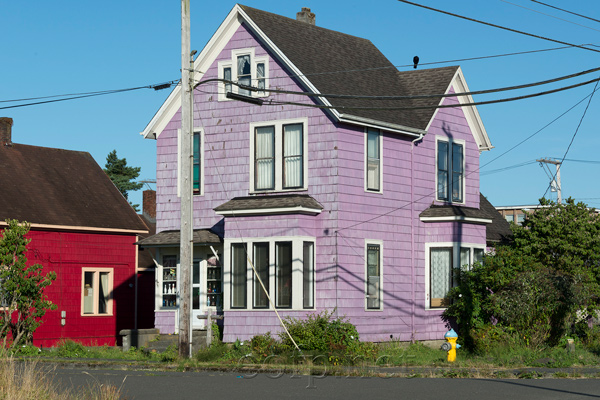10/22/2014
Hoquiam Washington
Hoquiam Washington
Hoquiam is joined with and slightly smaller than neighboring Aberdeen. Both cities boomed with the local lumber industry from the 1890s to the 1930s. Aberdeen became the commercial heart of the small Grays Harbor metropolitan area but Hoquiam had its own commercial district and functions as a separate town. The surrounding forests were quickly consumed and depleted, and by 1930 both Hoquiam and Aberdeen began declining. Hoquiam's population has fallen to 8,452 from its 1930 peak of 12,766. Hoquiam is still losing population although the area seems to be stabilizing. There are few remaining traces of the turn-of-the-century sawmills that once lined Hoquiam's water front. Hoquiam has a small, quiet downtown with a few early 1900s commercial buildings and neighborhoods of early 1900s mill worker housing.
There are still a few small forest products firms operating in Hoquiam. The Grays Harbor Paper plant which is on the opposite side of the Hoquiam river from downtown, closed permanently in 2013 after years of declining employment. The plant opened in 1929 and at times was the largest employer in Hoquiam. The paper plant was empty but fenced and secured when I visited in 2014. It is currently for sale.
Grays Harbor Paper, Hoquiam Washington
Hoquiam is the last major town heading north on 101 towards the Olympic peninsula. Hoquiam however doesn't have many local businesses that are able to capture the tourist traffic flowing to Olympic National Park. Almost all of the area's commercial activity is centered in Aberdeen to the east.
Hoquiam Washington
Hoquiam Washington
Hoquiam Washington
Hoquiam Washington
All content on these pages Copyright Mark Hedlund 2012-2019. All rights reserved. Use in school projects and with links on social media is always okay. Please send me an email to request permission for any other use: hedlunch@yahoo.com Non-exclusive commercial publication rights for most photos is $25 per image.

